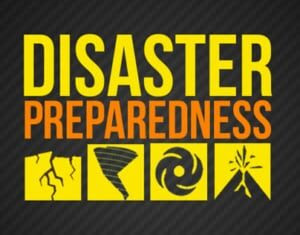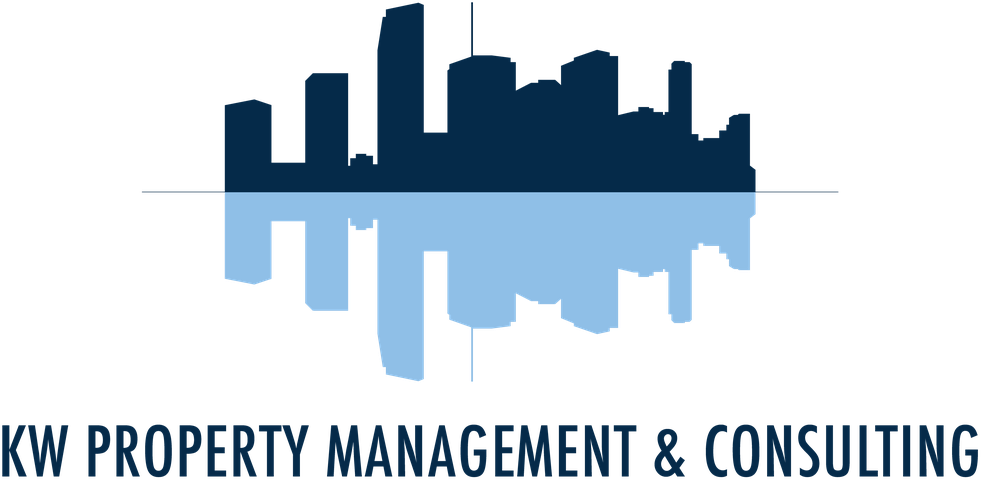
By Brad Baecht and Carolina Serrano
Community associations and their managers have become quite familiar with supply chain issues over the past few years, adapting by forward-purchasing disaster preparation and emergency supplies to ensure necessary items arrive on time. These days, inflation is adding even more urgency by driving up costs for everything from individual food items to gasoline and generators. Proactive communication with association boards has never been more important.
When adding structural repairs and reserve thresholds to comply with new laws enacted in Florida (and likely other coastal states in the future) following the Surfside tragedy, planning and budgeting for disaster preparedness is a major challenge for community associations and managers. From luxury high-rises to sprawling single-family HOAs, qualified reserve specialists are conducting fresh reserve studies. These studies incorporate inflation into replacement cost calculations, also accounting for fluctuations in labor and material costs. They are an essential first step to avoiding dreaded special assessments.
Other best practices when preparing communities for disasters and emergencies during an inflation cycle include:
- Communicate with your board and be explicit about timetables and costs. Associations must understand that items once secured within three months might now take up to six months to receive. Explain that supplies not purchased today will be more expensive three months down the road. This year, we were able to leverage strong relationships with certain suppliers to bulk purchase key items, such as diesel fuel for generators, for our entire portfolio at a discount – with the savings passed on to each individual association. For other must-have supplies, we send regular notifications to residents so they know what they need to buy and when. At Florida communities, which have many seasonal residents who are from other states and countries, we bring in third-party experts including attorneys to explain the new post-Surfside reserve requirements. It helps residents understand the “why” behind what managers are advising them to do.
- Prioritize near-term spending. In the past, association boards prioritized aesthetic improvement projects over investing in life safety equipment and infrastructure repairs because it was what they could see. Community managers should teach board members that cosmetic upgrades belong at the bottom of the priority list. Safety must come first, especially for older buildings. These costly repairs will only become more expensive the longer associations wait.
- Confirm the availability of key vendors and conduct an emergency checklist. Make sure your water restoration, remediation, landscaping, arborist and other critical vendors are at the ready. Management teams perform quality assurance checks to ensure communities are stocked with medical and emergency supplies, battery backups, flashlights, cones and other equipment on the checklist. This process is especially paramount given the rising costs – and supply chain backlogs – of such items.
- Consider your financial options. The reserve study will determine whether your association needs to fund or boost existing reserves. Credit lines or traditional loans can be obtained as a contingency plan. At some older communities with major structural repair needs on top of regular disaster preparedness, special assessments will be unavoidable but can be implemented in phases to lessen the immediate impact.
Failing to take these steps now could be extremely costly – literally and figuratively – going forward.
Brad Baecht and Carolina Serrano are vice presidents at KW PROPERTY MANAGEMENT & CONSULTING, a Florida-based property management company. www.kwpmc.com
